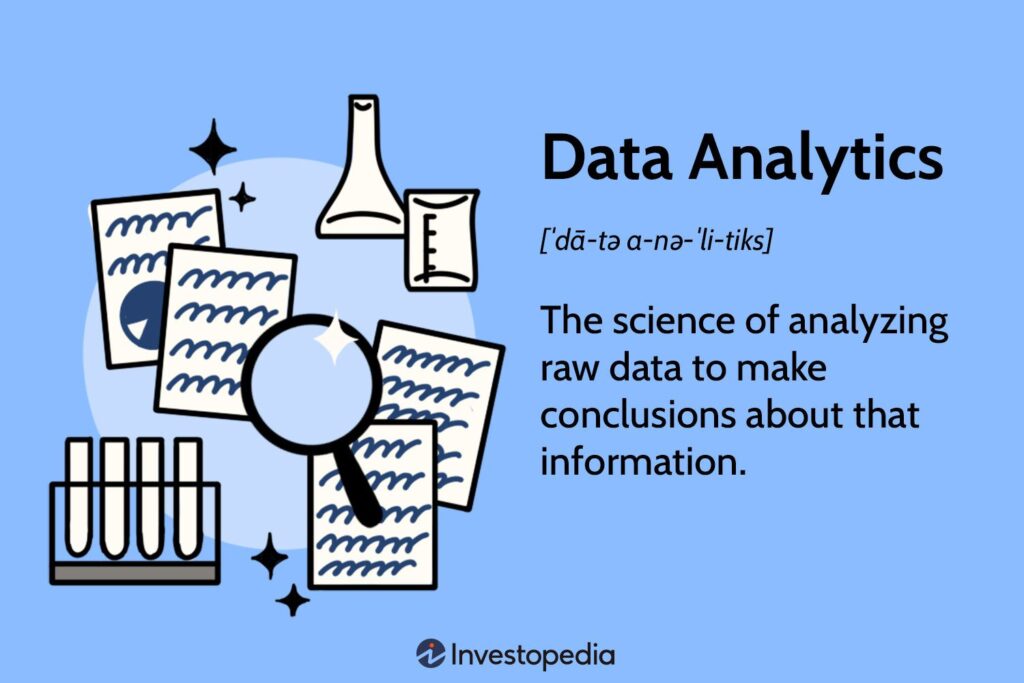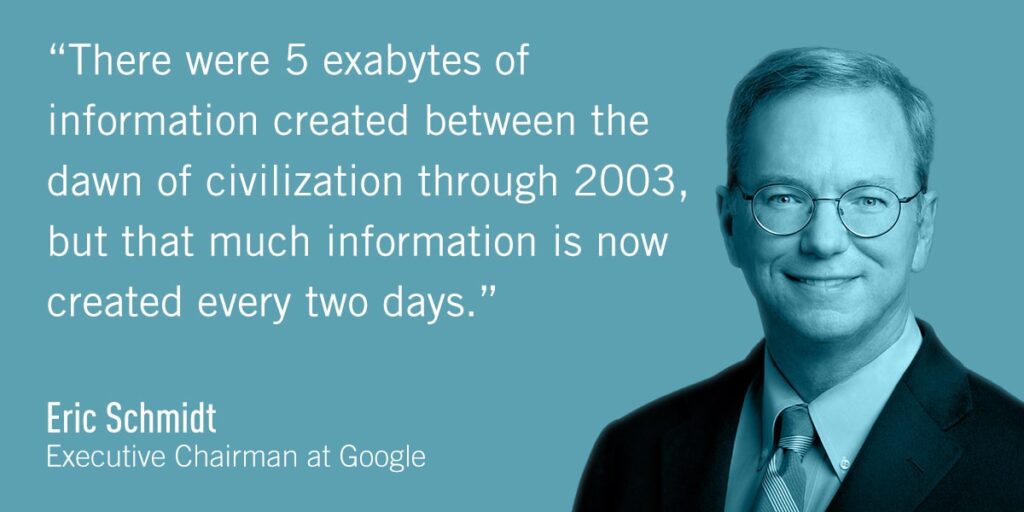Companies are desperate for raw data like great white sharks are for blood, and there’s a good reason for it.
For a business, raw data is power. It is everything.
And the master key for using this power to leverage growth, sustainability and profits?
Data Analytics
By transforming raw data into actionable insights, businesses can make informed decisions that drive growth and innovation.This also helps in building a robust, data-driven culture that continuously evolves with market demands.
What is Data Analytics?
Data analytics is the process of examining datasets to draw conclusions about the information they contain. This process involves various techniques and tools that help in uncovering patterns, correlations, and trends that might not be immediately apparent. The ultimate goal of data analytics is to extract meaningful insights that can inform strategic decision-making and improve business outcomes.

Different Methods Used in Business
1) Descriptive Analytics
What it is: Descriptive analytics involves summarising historical data to identify trends and patterns. This method is primarily used to answer questions about what has happened in the past.
Example: Monthly sales reports that show performance over time.
2) Diagnostic Analytics
What it is: Diagnostic analytics goes a step further by analysing the reasons behind past performance. It helps businesses understand why something happened.
Example: Analysing customer churn rates to determine why customers are leaving.
3) Predictive Analytics
What it is: Predictive analytics uses statistical models and machine learning algorithms to forecast future outcomes based on historical data. It answers the question, “What is likely to happen?”
Example: Predicting future sales based on past trends and seasonal factors.
4) Prescriptive Analytics
What it is: Prescriptive analytics provides recommendations for actions to achieve desired outcomes. It combines insights from descriptive, diagnostic, and predictive analytics to suggest the best course of action.
Example: Optimising supply chain management by suggesting inventory levels based on predicted demand.
How Data Analytics Helps Businesses

1) Improved Decision-Making
Data analytics enables businesses to make more informed decisions by providing a solid foundation of evidence. Instead of relying on intuition, companies can base their strategies on data-driven insights.
2) Enhanced Customer Experience
By analysing customer data, businesses can gain a deeper understanding of their preferences and behaviours. This information can be used to personalise marketing efforts, improve customer service, and develop products that better meet customer needs.
3) Increased Operational Efficiency
Data analytics can identify inefficiencies and bottlenecks in business processes. By addressing these issues, companies can streamline operations, reduce costs, and improve productivity.
4) Competitive Advantage
Companies that effectively leverage data analytics can stay ahead of their competitors. By uncovering trends and insights that others might miss, businesses can innovate and adapt more quickly to changing market conditions.
Pros and Cons of Data Analytics
Pros:
1) Data-Driven Insights: Provides a factual basis for decision-making, reducing the reliance on guesswork and intuition.
2) Real-Time Analysis: Allows businesses to react swiftly to emerging trends and opportunities.
3) Customisation and Personalisation: Enables highly tailored marketing and customer engagement strategies.
4) Risk Mitigation: Helps identify potential risks and issues before they become critical problems.
Cons:
1) Data Privacy Concerns: Collecting and analysing data can raise privacy issues, requiring stringent data protection measures.
2) High Costs: Implementing advanced data analytics systems can be expensive, both in terms of technology and skilled personnel.
3) Complexity: Data analytics requires specialised knowledge and tools, which can be a barrier for some businesses.
4) Data Quality: The insights gained are only as good as the data used. Poor-quality data can lead to inaccurate conclusions.
Bottom Line
Data analytics transforms how businesses operate, innovate and compete. It’s a catalyst for growth that creates a culture of informed decision-making and strategic foresight. Those who harness the full potential of data analytics will lead the charge into a future defined by efficiency, personalisation and unprecedented business opportunities.


